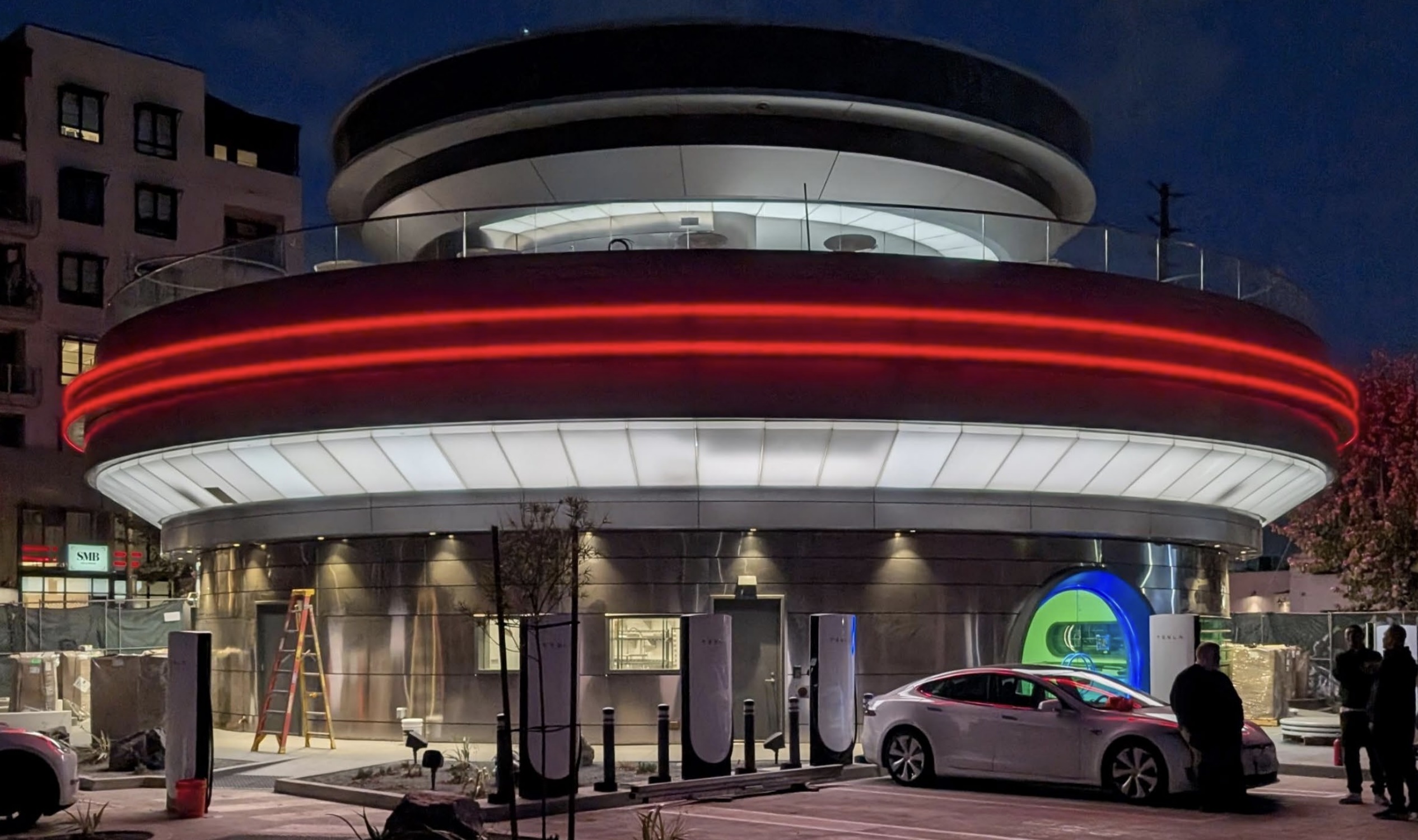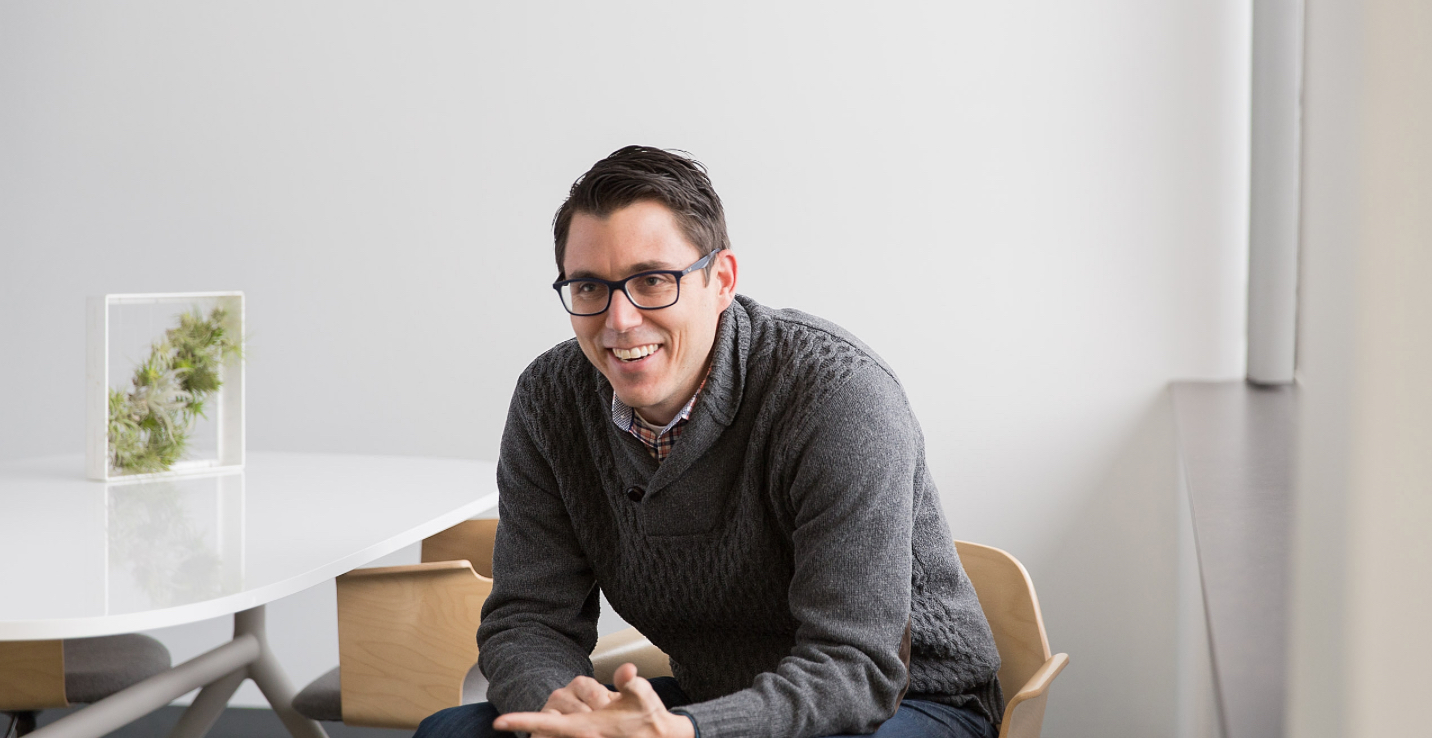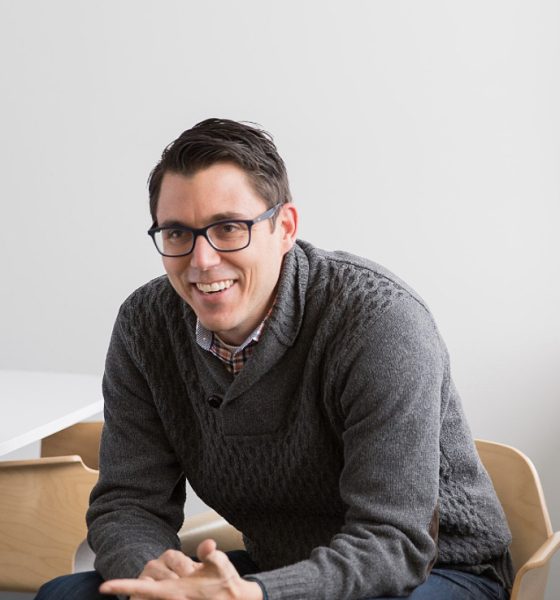Rivian’s CEO has explained why he and the company aren’t concerned about U.S. President Donald Trump’s electric vehicle (EV) policies, including the repeal of the $7,500 federal tax credit.
During a conversation with Automotive News at Rivian’s opening of a new Space showroom in San Francisco on Thursday, CEO RJ Scaringe said that the company plans to remain a top competitor pushing U.S. electrification, with or without the tax credit or similar battery production incentives. Scaringe highlighted that the credit would be repealed equally for all automakers under the Trump administration, noting that he didn’t start the electric vehicle (EV) maker even knowing what the future landscape for subsidies might look like.
“I don’t think we’re particularly worried about any of it because whatever happens will be equally applied to all,” Scaringe said during the opening event. “I started the company with the view of making highly compelling products and none of my decision to start Rivian had anything to do with what the policy was going to look like.”
However, the Rivian CEO did signal that legacy automakers could be more likely to fund combustion engine development when considering short-term profitability for the next two to three years, though he says this would be mistake for the industry long-term.
“I think in the end it’s sort of like there’s small speed bumps along the way and it’s on us to respond to whatever that environment is,” the CEO said. “We’re really talking about U.S. leadership in the future of technology as it pertains to transportation. This is not a political thing. It’s not like the left wants to move to electrification. It’s that the future of transportation will be electric.”
Rivian executive reveals massive cost-savings from re-tooling Illinois plant
READ MORE ON RIVIAN: Rivian CEO details ‘very intentional’ move he made to be different than Tesla
“The challenge with some of these short-term changes, for the world and for the U.S. leadership in technology, is that it will cause some manufacturers to invest less in electrification,” Scaringe notes. “And I think that’s probably good for Rivian from a competitive landscape, but bad for the world. If you’re optimizing purely for profitability in the next 2 to 3 years and you’re a traditional legacy manufacturer, you can see how you can very easily make a spreadsheet case of ‘Let’s double down on combustion or hybrids. I think that is a big miscalculation for the long term.”
The news also comes after Rivian gained a $6.6 billion commitment from the Department of Energy to help fund the construction of its upcoming factory in Georgia in November, officially closing on the loan on January 16. Amidst some speculation that the Trump administration could try to cancel the loan, Scaringe highlights that the agreement should already be set in stone, with the company subject to several conditions.
“We signed a legally binding agreement with the Department of Energy, to be clear,” Scaringe adds. “And, of course, that loan has a whole host of conditions that we negotiated over the last couple years.”
Rivian delivered 51,579 last year, marking a slight increase from 50,122 vehicles in 2023. The company also announced a major partnership and $5 billion investment deal with Volkswagen in June, and recent reports suggest that other manufacturers are also considering similar software supply deals with the EV company.
Meanwhile, Rivian and many other small EV makers are still attempting to turn production into profits, with the manufacturers still reporting substantial losses as they attempt to scale output. Many Tesla followers point out how close to bankruptcy the company came during its Model 3 ramp-up, and CEO Elon Musk has repeatedly echoed details about how difficult production is.
Similarly, however, Musk has also aired concerns about the potential for Rivian, Lucid and other growing EV makers to go bankrupt if they aren’t careful with their finances.
What are your thoughts? Let me know at zach@teslarati.com, find me on X at @zacharyvisconti, or send us tips at tips@teslarati.com.
Tesla rivals Rivian and Lucid receive harsh prediction from Elon Musk
Need accessories for your Tesla? Check out the Teslarati Marketplace:

News
Tesla Diner to transition to full-service restaurant as Chef heads for new venture
“I am leaving the Tesla Diner project to focus on the opening of Mish, my long-desired Jewish deli. Projects like Mish and the Tesla Diner require a sharpness of focus and attention, and my focus and attention is now squarely on Mish.”

Tesla Diner, the all-in-one Supercharging and dining experience located in Los Angeles, will transition to a full-service restaurant in January, staff said, as Chef Eric Greenspan said he would take on a new project.
A report from the Los Angeles Times says Greenspan confirmed through a text that he would leave the Diner and focus on the opening of his new Jewish deli, Mish.
Greenspan confirmed to the paper:
“I am leaving the Tesla Diner project to focus on the opening of Mish, my long-desired Jewish deli. Projects like Mish and the Tesla Diner require a sharpness of focus and attention, and my focus and attention is now squarely on Mish.”
Greenspan took on the job at the Tesla Diner and curated the menu back in March, focusing on locally-sourced ingredients and items that would play on various company products, like Cybertruck-shaped boxes that hold burgers.
Tesla Cybertruck leftovers are the main course at the Supercharger Diner
The Tesla Diner has operated as somewhat of a self-serve establishment, where Tesla owners can order directly from their vehicles through the center touchscreen. It was not exclusive to Tesla owners. Guests could also enter and order at a counter, and pick up their food, before sitting at a booth or table.
However, the report indicates Tesla is planning to push it toward a sit-down restaurant, full of waiters, waitresses, and servers, all of which will come to a table after you are seated, take your order, and serve your food.
It will be more of a full-featured restaurant experience moving forward, which is an interesting move from the company, but it also sounds as if it could be testing for an expansion.
We know that Tesla is already considering expanding locations, as it will be heading to new areas of the country. CEO Elon Musk has said that Tesla will be considering locations in Palo Alto near the company’s Engineering HQ, and in Austin, where its HQ and Gigafactory Texas are located.
Musk said that the Diner has been very successful in its first few months of operation.
News
Tesla adds new surprising fee to Robotaxi program
“Additional cleaning was required for the vehicle after your trip. A fee has been added to your final cost to cover this service. Please contact us if you have any questions.”

Tesla has added a new and somewhat surprising fee to the Robotaxi program. It’s only surprising because it was never there before.
Tesla shocked everyone when it launched its Robotaxi platform and offered riders the opportunity to tip, only to tell them they do not accept tips. It was one of the company’s attempts at being humorous as it rolled out its driverless platform to people in Austin.
As it has expanded to new cities and been opened to more people, as it was yesterday to iOS users, Tesla has had to tweak some of the minor details of the Robotaxi and ride-hailing platforms it operates.
First Look at Tesla’s Robotaxi App: features, design, and more
With more riders, more vehicles, and more operational jurisdictions, the company has to adjust as things become busier.
Now, it is adjusting the platform by adding “Cleaning Fees” to the Robotaxi platform, but it seems it is only charged if the vehicle requires some additional attention after your ride.
The app will communicate with the rider with the following message (via Not a Tesla App):
“Additional cleaning was required for the vehicle after your trip. A fee has been added to your final cost to cover this service. Please contact us if you have any questions.”
The cost of the cleaning will likely depend on how severe the mess is. If you spill a soda, it will likely cost less than if you lose your lunch in the back of the car because you had a few too many drinks.
This is an expected change, and it seems to be one that is needed, especially considering Tesla is operating a small-scale ride-hailing service at the current time. As it expands to more states and cities and eventually is available everywhere, there will be more situations that will arise.
The messes in vehicles are not a new situation, especially in a rideshare setting. It will be interesting to see if Tesla will enable other fees, like ones for riders who request a ride and do not show up for it.
News
Tesla Model Y sold out in China for 2025
Customers who wish to get their cars by the end of the year would likely need to get an inventory unit.

It appears that the Model Y has been sold out for 2025 in China. This seems to be true for the four variants of the vehicle that are currently offered in the country.
Tesla China’s order page update
A look at Tesla China’s order page for the Model Y shows a message informing customers that those who wish to guarantee delivery by the end of the year should purchase an inventory unit. This was despite the Model Y RWD and Model Y L showing an estimated delivery timeline of 4-8 weeks, and the Model Y Long Range RWD and Model Y Long Range AWD showing 4-13 weeks.
As per industry watchers, these updates on the Model Y’s order page suggest that Tesla China’s sales capacity for the remainder of 2025 has been sold out. The fact that estimated delivery timeframes for the Model Y Long Range RWD and AWD extend up to 13 weeks also bodes well for demand for the vehicle, especially given strong rivals like the Xiaomi YU7, which undercuts the Model Y in price.
Tesla China’s upcoming big updates
What is quite interesting is that Tesla China is still competing in the country with one hand partly tied behind its back. So far, Tesla has only been able to secure partial approval for its flagship self-driving software, FSD, in China. This has resulted in V14 not being rolled out to the country yet. Despite this, Tesla China’s “Autopilot automatic assisted driving on urban roads,” as the system is called locally, has earned positive reviews from users.
As per Elon Musk during the 2025 Annual Shareholder Meeting, however, Tesla is expecting to secure full approval for FSD in China in early 2026. “We have partial approval in China, and we hopefully will have full approval in China around February or March or so. That’s what they’ve told us,” Musk said.










